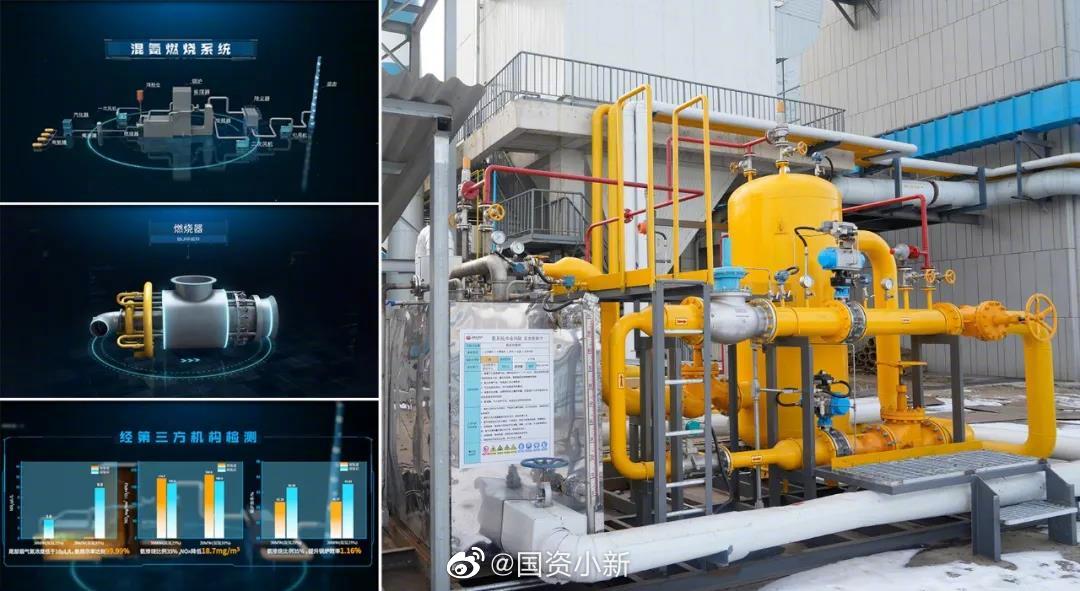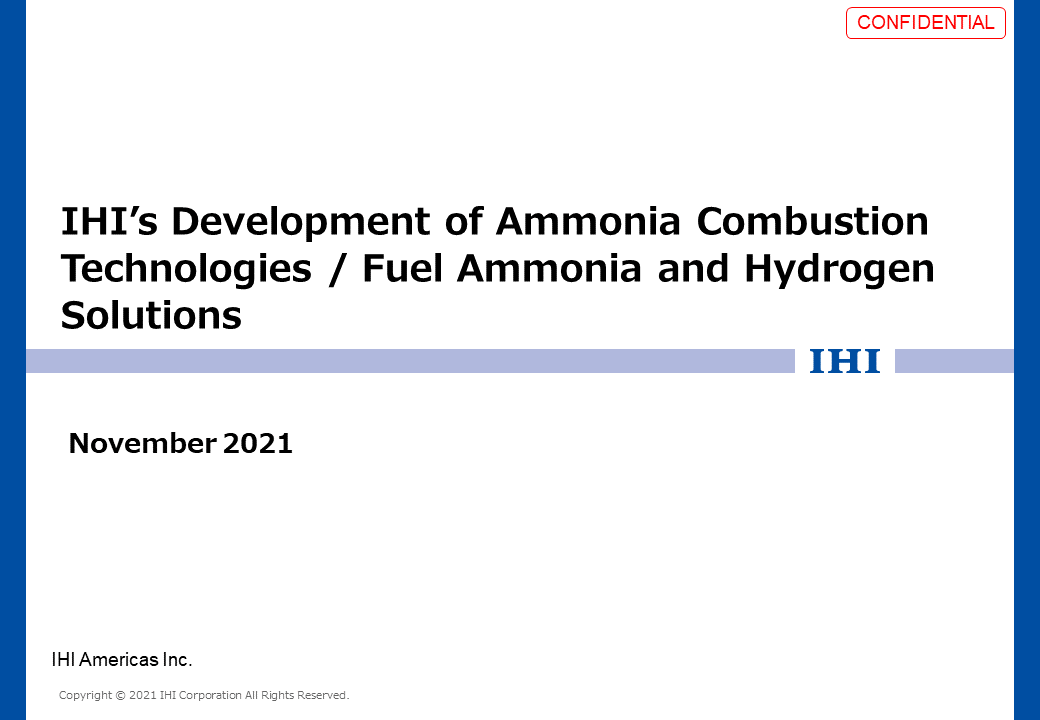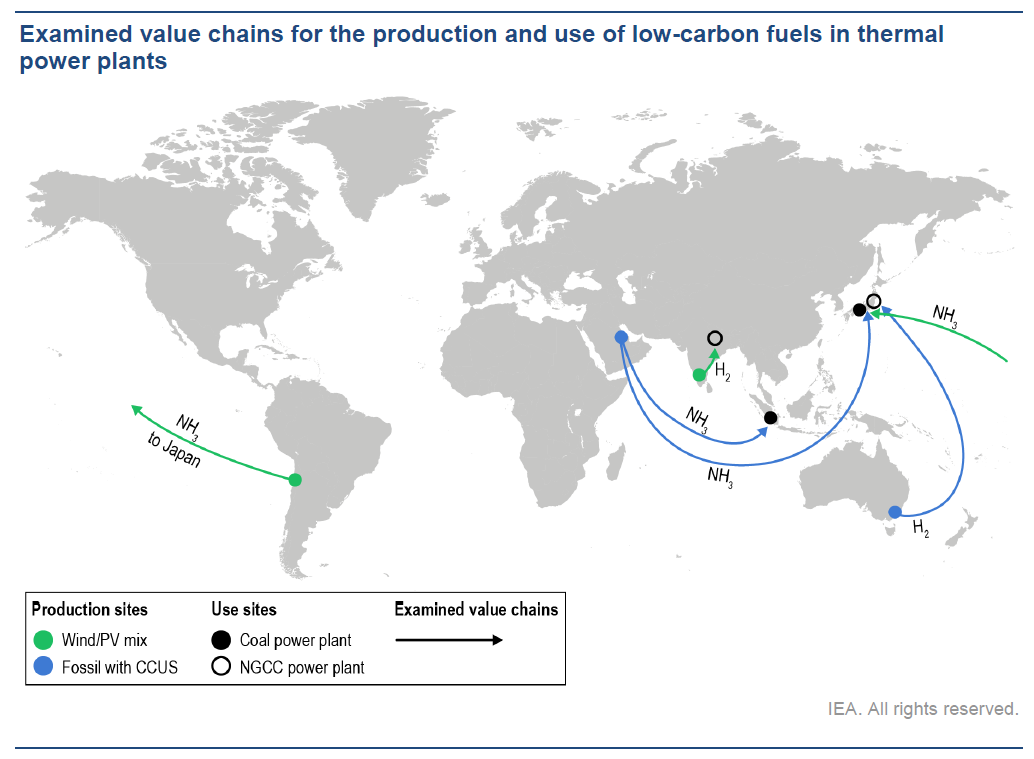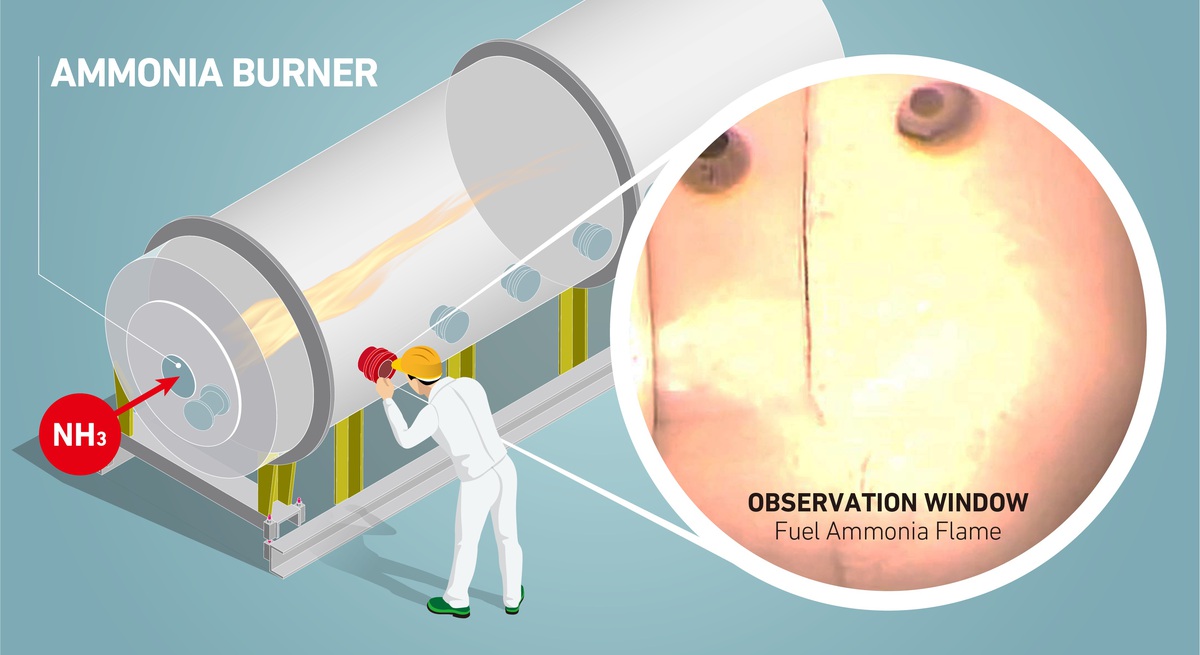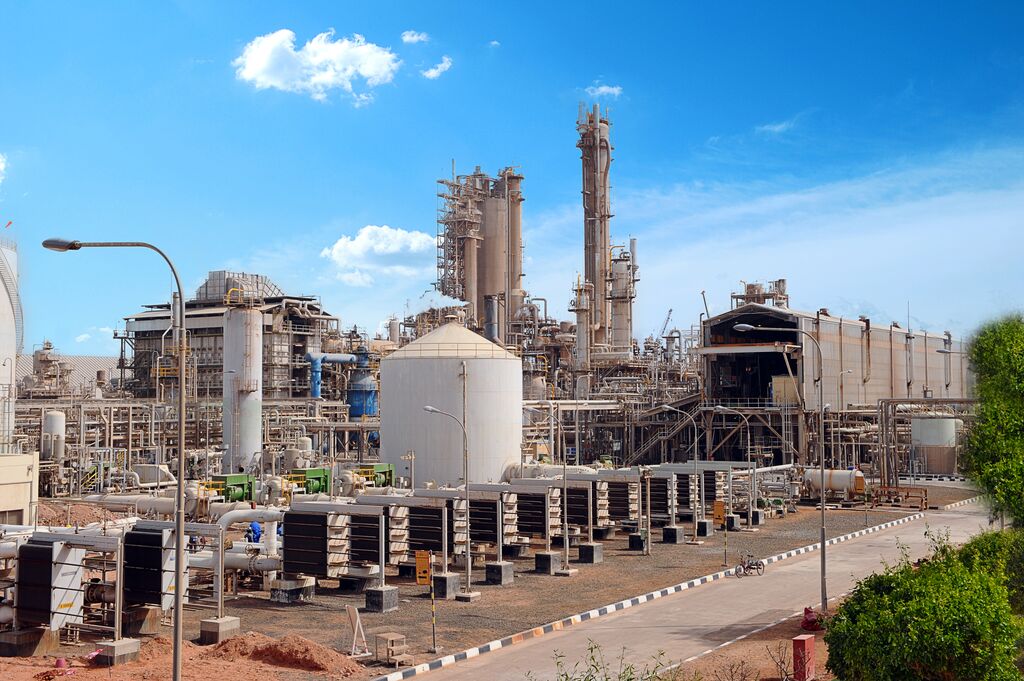New benchmark for coal co-firing reported in China
The South China Morning Post reports that China Energy Investment Corporation has successfully demonstrated co-firing 35% ammonia with coal at a power generation unit in Shandong Province. Further technical details emerged from additional Chinese media outlets, including that the pilot test occurred in a 40 MW coal boiler at the Huaneng Yantai coal power plant, and that NOx emissions were reportedly lower than burning pure coal fuel.
